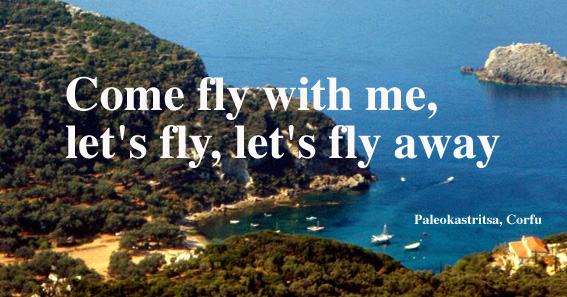Danzón!
The couples dance as if in a trance, moving slowly to the rhythm, seldom speaking.
It's fascinating to watch.
I have visited Mexico three times. One visit was really just a tentative toe over the border, across the Rio Grande in mid-summer, from Brownsville, Texas, to Matamoros - its name improbably borrowed from Spain's patron saint, Santiago Matamoros, St James the Moor Killer (I don't recall my history books talking about Mexican involvement in Spain's expulsion of the Moors). My overwhelming impression was of dust, diesel fumes and decay. On another occasion, I flew in to Mexico City for a brief visit. The diesel fumes were still here, but the city, buzzing busy as a beehive, dazzled with graphically stylish facades and silvery skyscrapers. I munched ripe melons in the zona rosa, communed with mummified monks (Mexico's obsession with death is on display everywhere) and puffed my way to the top of the ancient Aztec pyramids on the city's periphery. I came home armed with pottery and glass and paper-mache, primitive but beautiful. I have them still.
 Campesino waits to cross the street
Campesino waits to cross the street University facade
University facade Piñata
Piñata Zona Rosa cafe
Zona Rosa cafe Diego Rivera mural detail
Diego Rivera mural detail Shop facade, Zona Rosa
Shop facade, Zona Rosa Mummified monk
Mummified monk Atop the pyramid (no that's not me!)
Atop the pyramid (no that's not me!)Later, much later, I came back to Mexico, this time to discover what I had previously missed: danzón! In Córdoba, every Thursday afternoon, in the large plaza by the cathedral, the band arrives, brass instruments reflecting the sun. A few oom-pah-pahs later and couples, mostly middle-aged, move closer and the dancing begins. Danzón has its origins in Cuba, where it is very popular, and it is now part of the cultural scene in many parts of Mexico, especially in the state of Veracruz. The couples dance as if in a trance, moving slowly to the rhythm, seldom speaking. It's fascinating to watch. As the sun sets, the band departs and the dancers take their leave. They'll be back next Thursday.
In the luminous city of Veracruz, on the Gulf coast, I watched danzón with delight once more. It was late afternoon, dusk had arrived and large black birds were settling down with much cackling in the almendra trees which shade the park by the plaza. As the band tootled and the lights flickered on, the dancers were slow-moving shadows on the darkening square. Danzón! Mexican magic. And you're invited.

























